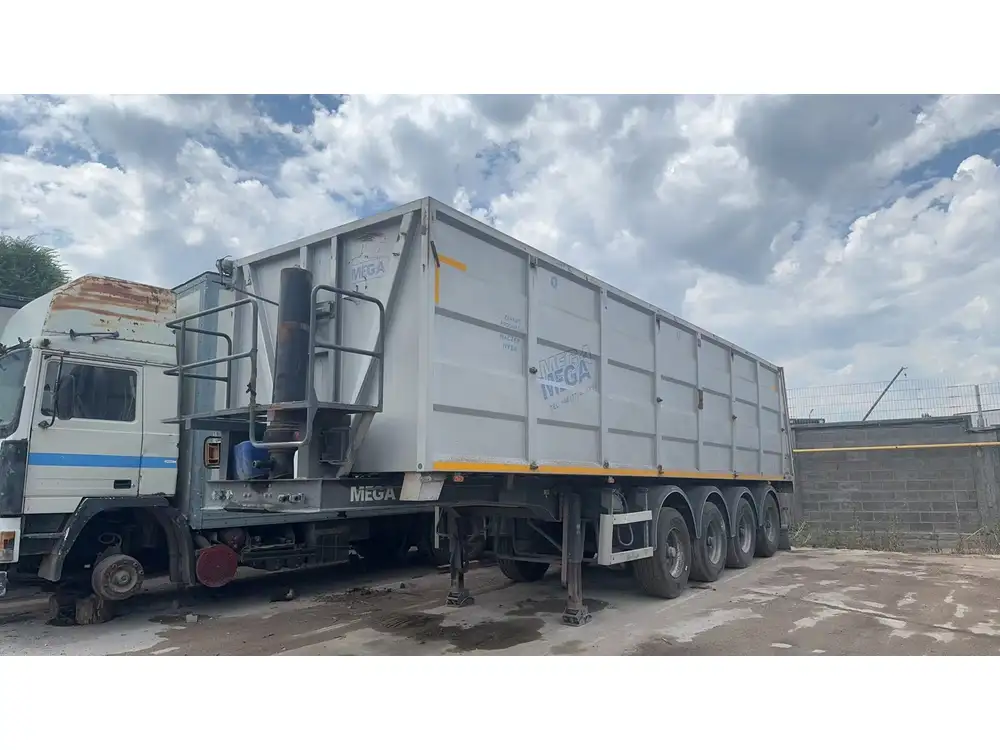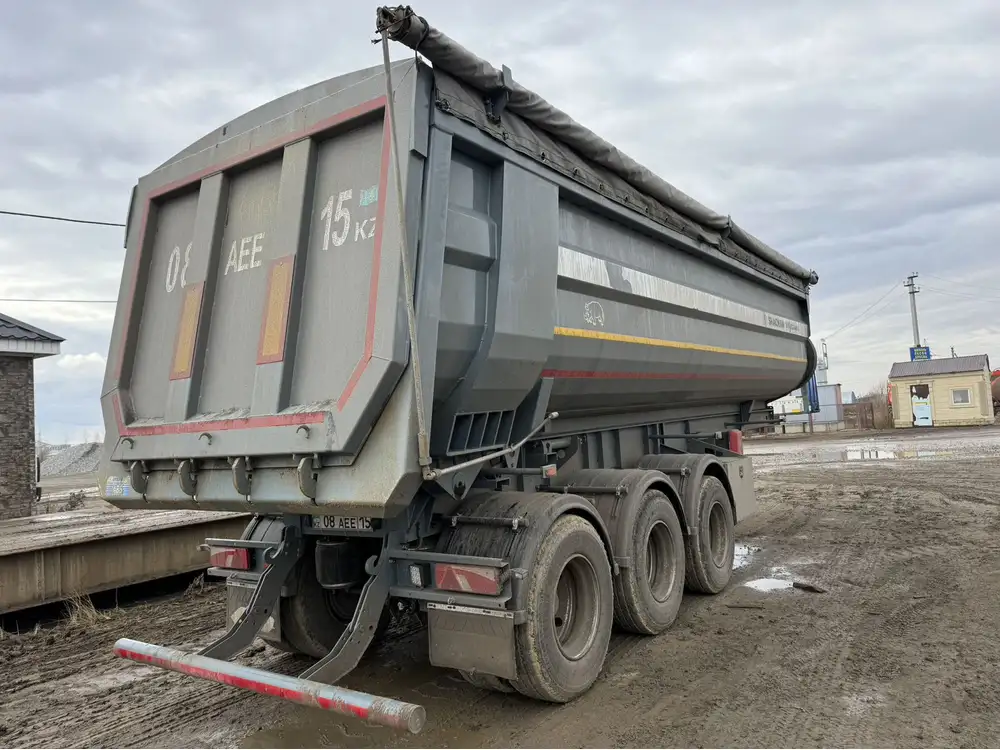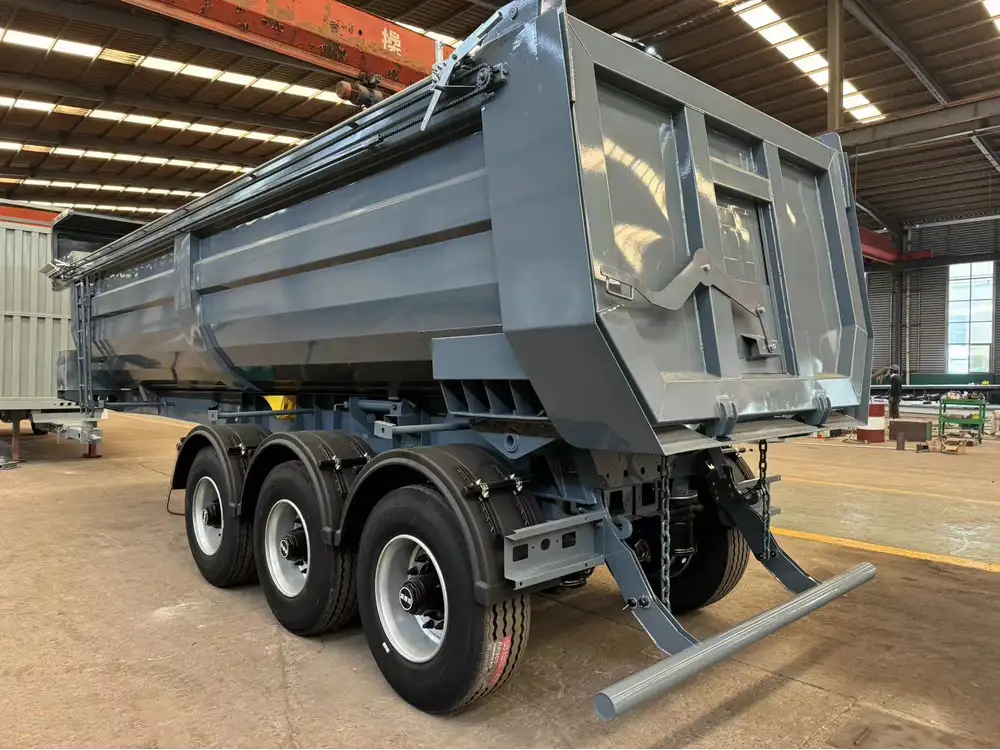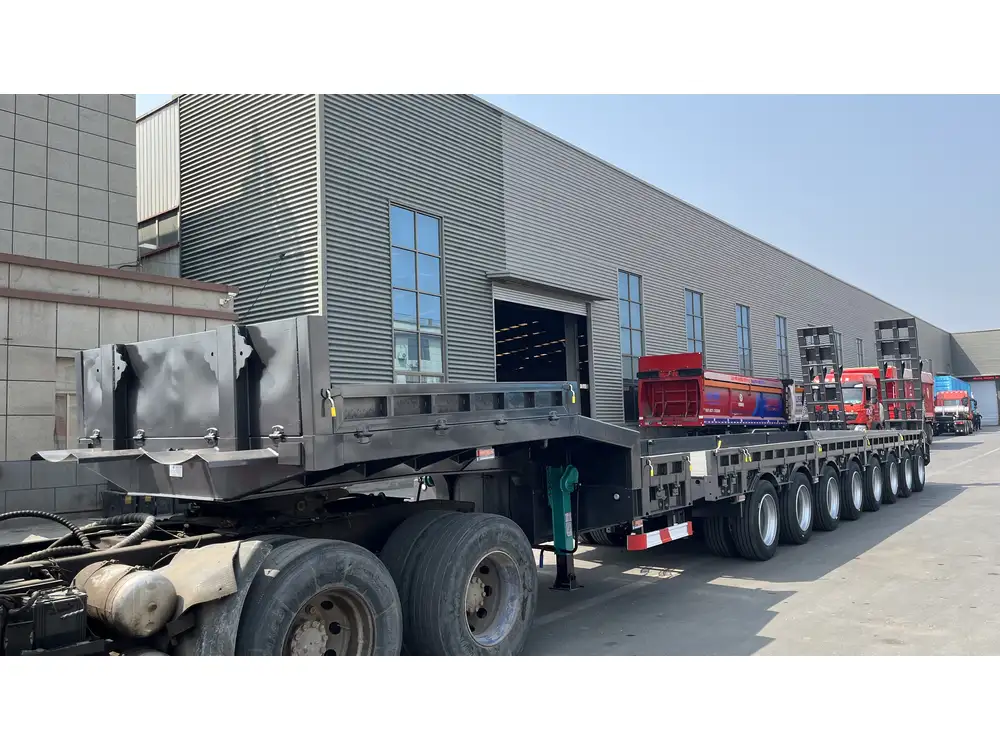Converting a van trailer to an open top tipper is a complex yet rewarding process that can significantly enhance the functionality and versatility of your trailer. Open top tippers are essential for transporting loose materials such as gravel, sand, and soil, making them a valuable addition for contractors, landscapers, and waste management professionals. In this detailed guide, we will explore the step-by-step process of conversion, the tools and materials needed, common challenges, and best practices to ensure a successful transformation.
Understanding Van Trailers and Their Components
What is a Van Trailer?
Van trailers are enclosed trailers used mainly for freight transport. They protect cargo from environmental elements and theft while maximizing payload capacity. Typically characterized by their solid walls and a rigid roof, these trailers are Commonly used in logistics and transportation.

Key Components of a Van Trailer
- Frame: The backbone of the trailer, typically made from strong steel or aluminum.
- Wheels and Axles: Essential for mobility, determining load-bearing capacity.
- Flooring: Usually constructed from wood or composite materials.
- Walls and Roof: Provide structural integrity and cargo protection.
Why Convert a Van Trailer?
Converting a van trailer to an open top tipper allows for increased flexibility in transportation. Open top tippers can easily facilitate loading and unloading loose materials, making them ideal for construction and landscaping operations.
Step-by-Step Conversion Process

Step 1: Tools and Materials Required
Before diving into the conversion, it is vital to gather the necessary tools and materials:
| Tools | Materials |
|---|---|
| Welding machine | Steel sheets (for sides) |
| Angle grinder | Hydraulic lift system |
| Drill | Tipper hydraulic cylinders |
| Paint sprayer | Safety hardware (hinges, locks) |
| Measuring tape | Galvanized steel for bottom |
| Safety gear | Weatherproof tarp |
Step 2: Planning the Conversion
- Assess the Structure: Examine the current condition of the van trailer. Identify any damage or weaknesses in the frame or walls.
- Design the Open Top: Sketch a design for the open top tipper. Consider how high you want the sides to be and the dimensions of the tipping bed.
Step 3: Preparing the Trailer
- Remove Enclosure: Carefully cut and remove the walls and roof of the van trailer. An angle grinder can be effective for this purpose.
- Strengthen the Frame: Reinforce the existing frame to bear additional loads, especially if it was designed primarily for enclosed transport.

Step 4: Fabricating the Tipping Mechanism
- Create Tipping Bed: Construct a tipping bed using heavy-duty steel sheets. Ensure that it matches the desired dimensions and is capable of withstanding the weight of the materials you intend to transport.
- Install Hydraulic System: A hydraulic lift system is essential for the tipping function. Install hydraulic cylinders at the rear of the trailer, ensuring they are securely mounted to the frame and lifting bed.
Step 5: Adding Sides and Safety Features
- Install Side Walls: Adding side walls can help contain materials during transport. These can be removable for flexibility.
- Safety Hardware: Install locks and hinges for easy access, ensuring all components can operate seamlessly. This enhances both safety and usability.
Step 6: Final Touches and Painting
- Galvanize the Bottom: To increase durability and prevent rust, galvanize the bottom of the trailer.
- Paint: Use a paint sprayer to apply weatherproof sealant and paint to prevent damage from environmental elements.

Common Challenges During Conversion
Structural Integrity Risks
Altering a trailer’s structure can weaken its integrity. Ensure that all modifications reinforce rather than compromise the framework.
Hydraulic System Setup
Setting up the hydraulic system can be complex. Improper installation may lead to system failures. Consulting with a hydraulic specialist is advised if you’re uncertain.

Compliance with Regulations
Ensure that your converted trailer complies with local transport regulations regarding dimensions, load limits, and safety equipment.
Tips for a Successful Conversion
- Consult Professionals: When in doubt, consider hiring experts in trailer conversions or mechanics for assistance.
- Use Quality Materials: Investing in high-quality materials ensures longevity and reliability.
- Test Before Full Use: Conduct a series of tests with lighter loads before using the trailer in full capacity to ensure the safety and functionality of the conversion.
Maintenance Tips for Open Top Tippers
Once your trailer is converted, regular maintenance will ensure it remains functional:
- Inspect Mechanisms Regularly: Check the hydraulic system and other moving parts for leaks or wear and tear.
- Clean After Each Use: Regular cleaning prevents dirt and debris build-up, maintaining the trailer’s integrity.
- Check for Rust: Rust can develop on unprotected steel surfaces. Regularly inspect and treat any areas showing signs of corrosion.

Frequently Asked Questions (FAQs)
How much does it cost to convert a van trailer to an open top tipper?
Costs can vary widely based on materials and labor but may range from $2,000 to $10,000.
Can I do this conversion myself?
Yes, if you possess DIY skills and the necessary tools. However, complications may arise, so professional help is recommended for complex tasks.

What are the legal implications of using a converted trailer?
Always check with local regulations concerning transport safety and vehicle modifications to avoid fines or legal issues.
How do I maintain the hydraulic system?
Regularly check oil levels, inspect for leaks, and replace worn-out seals to keep the hydraulic system functioning smoothly.
Conclusion
Converting a van trailer to an open top tipper is not only a feasible project but one that can transform the way materials are transported. With careful planning, the right tools and materials, and an understanding of potential challenges, individuals and businesses can successfully complete this project. By following the outlined steps, you can create a highly functional, adaptable trailer that meets the demands of your transportation needs.
Embarking on this conversion is a journey worth taking, ultimately leading to enhanced operational efficiency and expanded capabilities in transporting loose materials.



